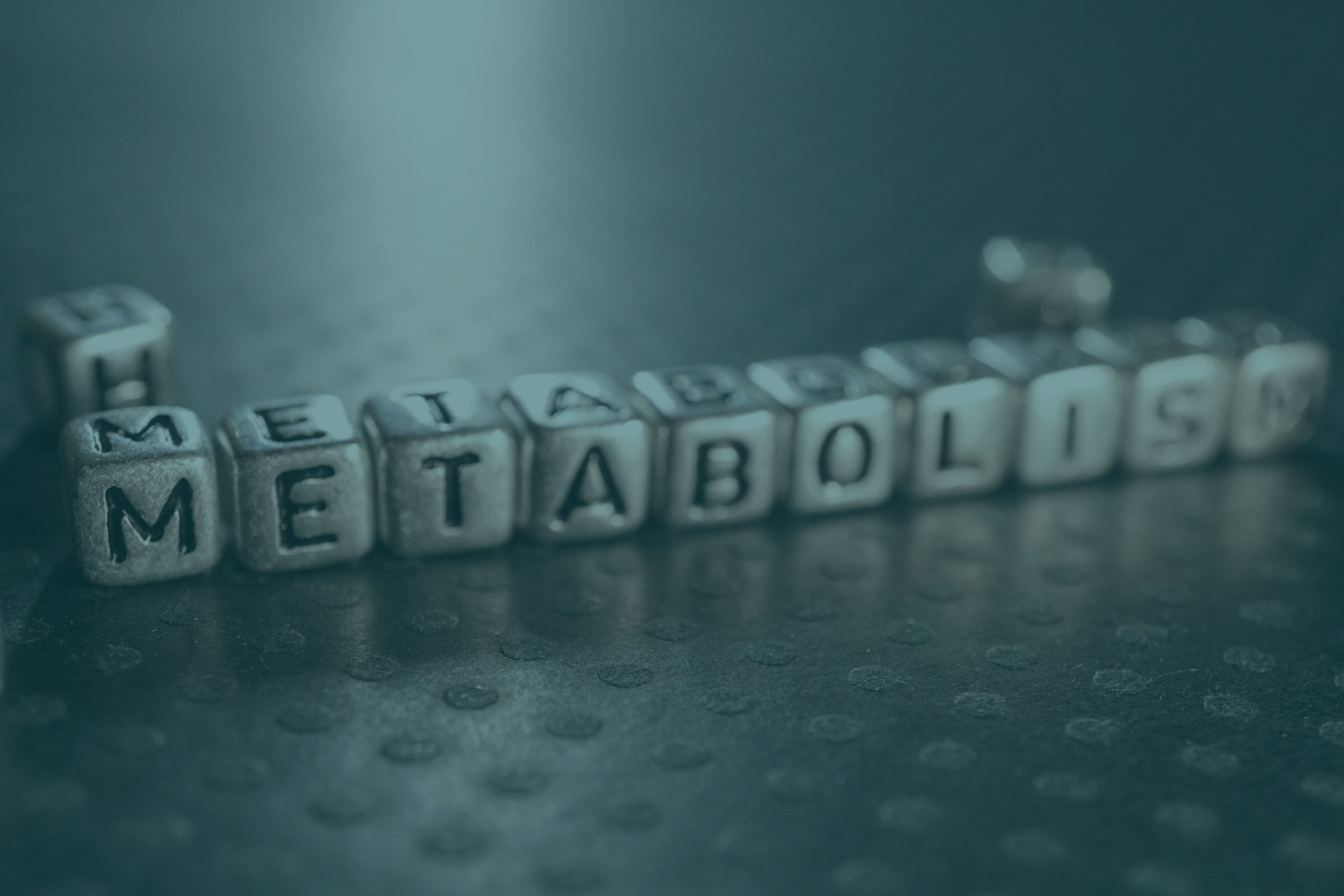
17 Jan The Truth About Metabolism and How to Improve It
As a holistic nutritionist, I often hear my clients express frustration about their metabolism and its impact on their weight loss goals. While the conventional wisdom may be to “eat less and exercise more” to boost metabolism, there is much more to it than that.
In this blog, I want to delve deeper into the truth about metabolism and how you can improve it without relying solely on calorie restriction and exercise.
First, it’s important to understand some key concepts related to metabolism:
- Basal Metabolic Rate (BMR): BMR is the number of calories your body burns while at rest to perform essential functions like breathing, circulating blood, and maintaining body temperature. BMR accounts for the majority of your Total Energy Expenditure (TEE) and is largely determined by your age, gender, weight, and body composition. BMR typically accounts for about 70% of your TEE
- Non-exercise activity thermogenesis (NEAT): NEAT is the energy expenditure that occurs during non-exercise activities, such as walking, fidgeting, and standing. It can vary significantly from person to person and accounts for about 15% of total energy expenditure.
- Thermic Effect of Food (TEF): TEF is the number of calories your body burns in the process of digesting, absorbing, and metabolizing food. On average, TEF accounts for about 10% of your TEE.
- Exercise Activity Thermogenesis (EAT): EAT is the number of calories your body burns during physical activity, including structured exercise and everyday movement. EAT accounts for the remaining portion(about 5%) of your TEE.
Now that we have a basic understanding of TEE, let’s look at some strategies for boosting your metabolism and achieving your weight loss goals.
- Incorporate strength training into your exercise routine: Building muscle mass can help to increase your BMR, as muscle tissue is more metabolically active than fat tissue. By adding strength training exercises like weight lifting or bodyweight exercises to your routine, you can boost your metabolism and burn more calories at rest.
- Eat protein-rich foods: Protein has a high TEF, meaning it requires more energy to digest and metabolize than other macronutrients. Incorporating protein-rich foods like chicken, fish, nuts, and beans into your meals and snacks can help to increase your TEF and boost your metabolism.
- Stay active throughout the day: Incorporating more movement and physical activity into your daily routine can help to increase your EAT and boost your metabolism. This can include structured exercise like going to the gym, but also everyday activities like walking or biking to work, taking the stairs instead of the elevator, and gardening.
By implementing these strategies, you can improve your metabolism and support your weight loss goals. Remember to also focus on overall health and wellness, including eating a balanced diet and getting enough sleep, to achieve long-term success.

No Comments